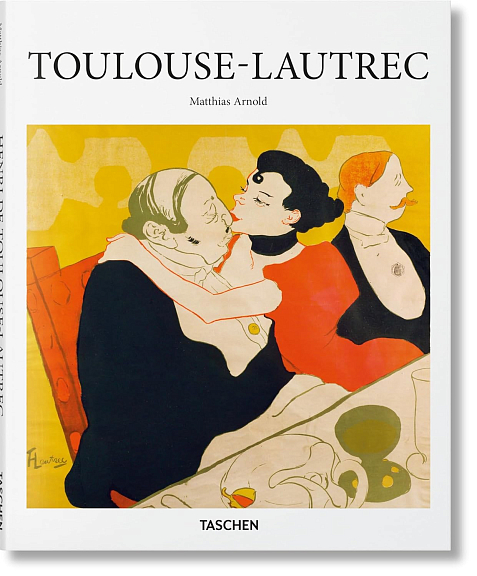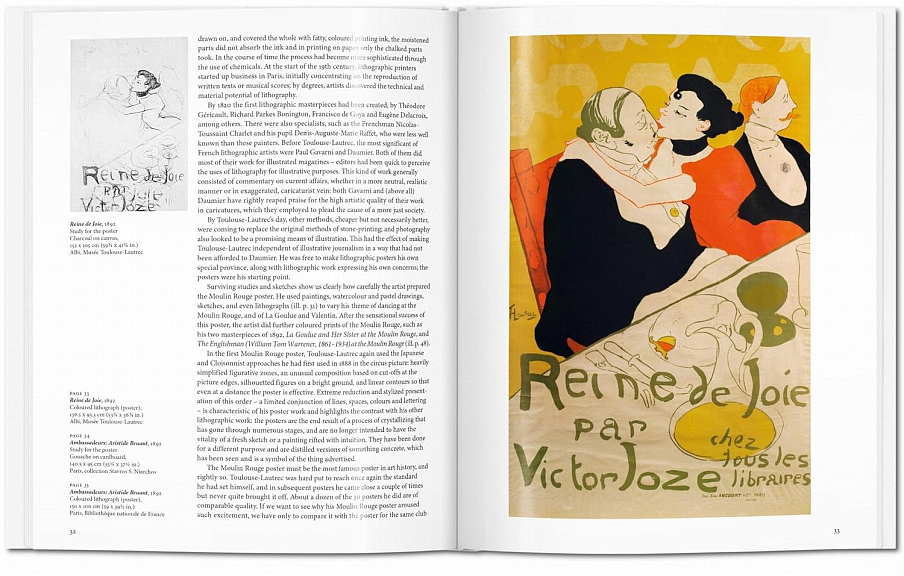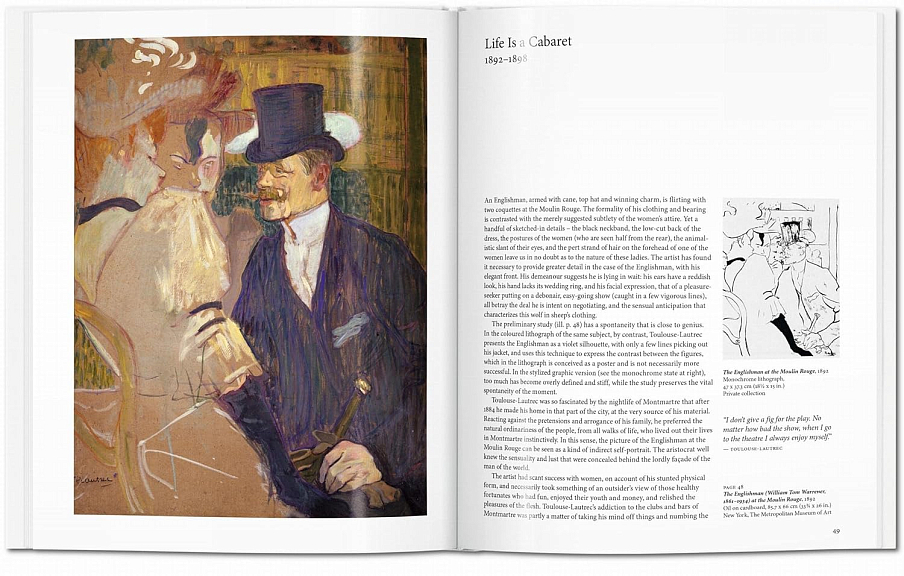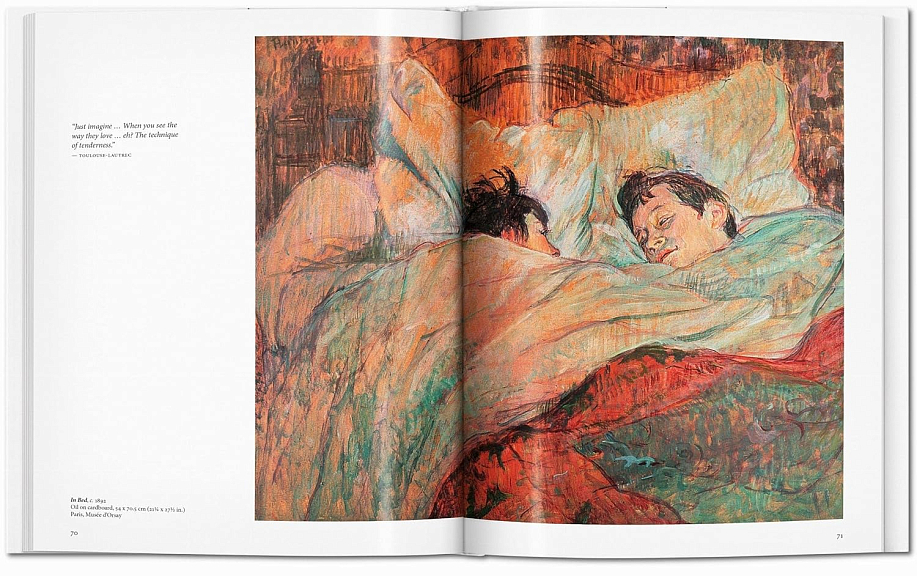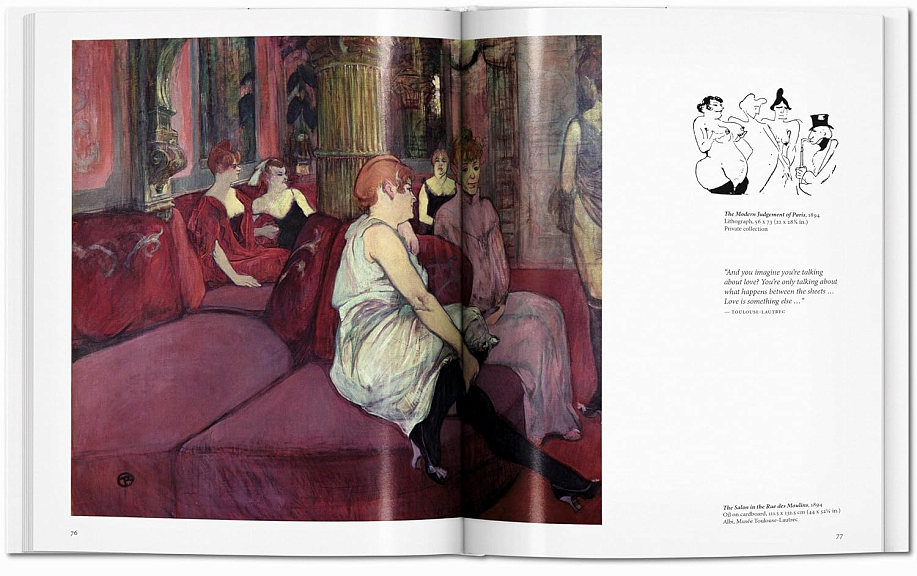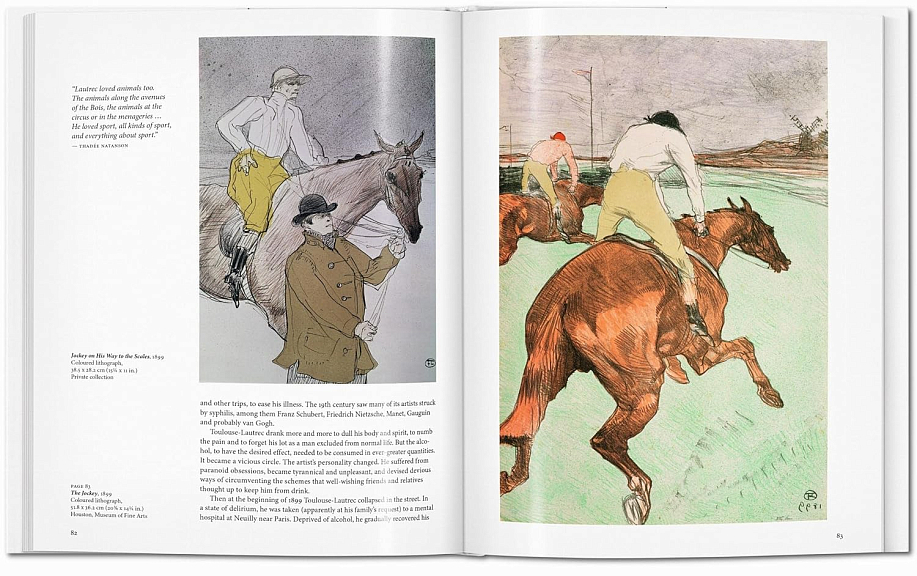-
Книги
- Нонфикшн
- Гуманитарные науки
- Деловая литература
- Естественные / Точные науки
- Книгоиздание
- Лайфстайл
- Словари / Энциклопедии
- Художественная литература
- Детектив
- Драматургия
- Классическая проза
- Мифология. Эпос
- Поэзия
- Собрания сочинений
- Современная художественная проза
- Фантастика. Фэнтези
- Биографии / Мемуары
- Графические романы / Комиксы
- Детские книги
- Воспитание. Педагогика
- Детский досуг
- О детских книгах
- Познавательная литература
- Художественная литература для детей
- Журналы / Зины
- Архитектурные
- Гуманитарные
- Журналы о моде
- Зарубежная периодика
- Искусство / Фотография
- Кино / Театр
- Лайфстайл
- Книги «Подписных изданий»
- Книги на иностранных языках
- Английский язык
- Испанский язык
- Итальянский язык
- Книги на иностранных языках для детей
- Немецкий язык
- Финский язык
- Французский язык
- Шведский язык
- Книги о кино
- Книги о музыке
- Книги о средневековье
- Книги о театре
- Книги о фотографии
- Книги об искусстве / Книги об архитектуре
- Альбомы по искусству
- Архитектура
- Декоративно-прикладное искусство
- Живопись
- Искусствоведение
- Орнаменты
- Прочее
- Танец
- Татуировка
- Творческое развитие
- Книги по философии
- Кулинарные книги
- Николай Солодников рекомендует
- Предзаказ
- Про дизайн / Про моду
- Путеводители / Книги о путешествиях
- Канцелярские товары
-
Подарки
- Брошки и значки
- Гирлянды
- Закладки
- Игры
- Календари
- Наклейки
- Наши сувениры
- Открытки
- Всякие-разные
- Наборы открыток
- Поздравления
- Про любовь и другие хорошие чувства
- С писателями и поэтами
- С цветами, овощами и фруктами
- С цитатами и другими фразами
- Подарочные сертификаты
- Постеры
- Прочее
- Сумки и шоперы
- Упаковка
- Подарочные сертификаты
Адрес магазина: Санкт-Петербург, Литейный пр., 57
Henri de Toulouse-Lautrec
| Автор | Arnolld M. |
|---|---|
| Издательство | TASCHEN |
| Год издания | 2022 |
| Переплет | Твёрдый |
| Страниц | 96 |
| Формат | 210x260 мм |
| Язык | Английский |
| ISBN | 978-3-8365-3490-1 |
| Серия | Basic Art |
| Артикул | 1078362 |
In our imaginings of Paris, painter and graphic artist Henri de Toulouse-Lautrec (1864–1901) has no small role to play. In his prints, posters, paintings, and drawings, the artist immortalized the city’s Belle Epoque nightlife and put the northern neighborhood of Montmartre on the global map of creative-hedonist hotspots.
The son of old French nobility, Toulouse-Lautrec seems to have been drawn early on to visions of a demimonde, centering his attention on the dance halls, cabarets, and brothels of Montmartre and adopting famed dancers and singers as his subjects, most notably Jane Avril. His works include both lively performance scenes and quiet, tender “after-hours” portraits such as The Sofa and In Bed. Stylistically, he mastered both bold graphics, as celebrated in his promotional posters of Jane Avril, and a loose yet evocative sketchwork.
Though he died aged just 36, due to complications from alcoholism and syphilis, Toulouse-Lautrec’s cultural influence was immense. This introductory book takes a walk through his world of singers, dancers, musicians, and prostitutes to reveal an artist of great humanity, striking figurative skill, and a pronounced sense for the energy and stories of a city.
Подписка на рассылку
Раз в месяц будем присылать вам обзоры книг, промокоды и всякие-разные новости

